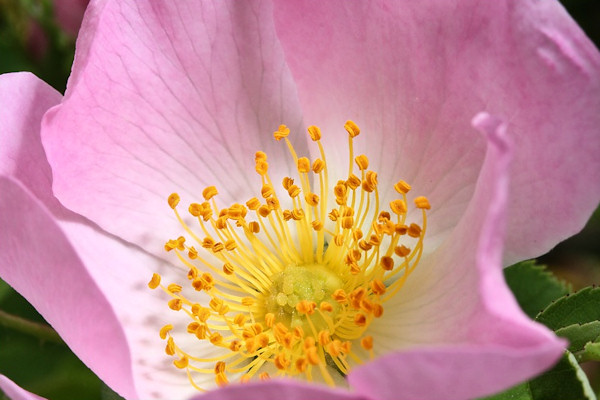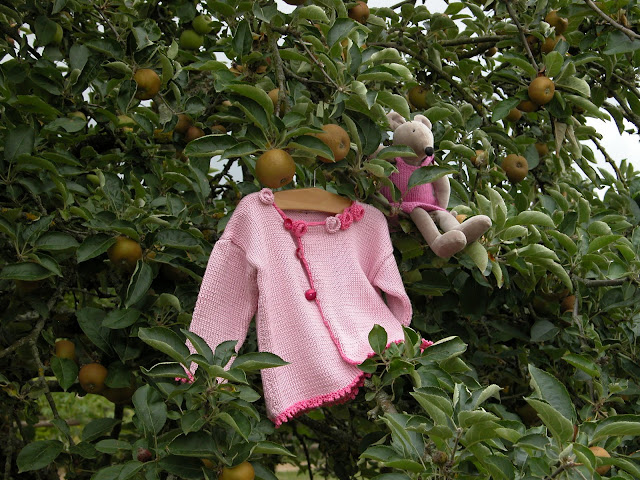When I was a little girl I believed flowers had faces and personalities. I imagined the garden was a theatre. On the lawn I would arrange roses in small vases and cups in a semi-circle and I would pretend they were actresses while butterflies flitted and danced against a stage backdrop of blue sky with white clouds. As an adult I still attribute personal characteristic to flowers and I can almost see them prancing around a horticultural stage. Clearly the imagination of the nobility residing at the court of Versailles was equally fanciful for Baroque ballets and operas are bursting at the seams with garden nymphs, flowers, and goddesses.
One day in February 2009 I was taking the lift to the Performing Arts study room at the French National Library (BnF). On arriving at the second floor the lift door juddered open to reveal the above poster on a facing wall and I was rooted to the spot. My heart was beating a jig. The Centre national du costume de scène was holding an exhibition of garden inspired stage scenery and costumes from Louis XIV's reign to the present day. Imagine my elation for the relation between garden and performing arts aesthetics was the pivot of my thesis.
In the introduction to the superb exhibition catalogue the centre's director, Christian Lacroix, compared the garden to a theatrical space in which the backdrop changes with the passing seasons and the plants and flowers don varied costumes. It is true that both garden and stage are ephemeral art forms however, fortunately, the spectator can commit to memory a passionate soliloquy or a spectacular rose. I hope to share with you soon a few of the beautiful costume designs and scenery engravings revealed during the course of this inspiring exhibition.
Maybe some of you are familiar with the work of the German illustrator Silke Leffler? Over the past few years I have collected prints, cards, children's books, and calenders of her work. She portrays themes which are dear to my heart: friendship, sweetmeats, Christmas, and, of course, GaRdEnS!
Isn't this enchanting? Here we have flowers with faces, AND the most delightful outfits. Look at those hats! I wish I could wear one of those; don't you?
Leffler has illustrated several books. My favourite is The Flower Ball. Cauliflower and Carrot scandalize the other vegetables in the potager because they wish to attend the flower ball. "Beware of the garden flowers beyond the fence - they look down on us", says Lettuce. However Cauliflower and Carrot are self-confident and they make a beautiful sight at the dance. Soon the Marigold and a charming Willow Catkin join them and the other flowers start to applaud.
 |
| All illustrations are from Silke Leffler's Mein Gartenjahr (Grätz Verlag). |
May I ask you for some advice, please? I am feeling inspired to make a garden theme blanket using the colours in the first illustration portraying the five flower ladies. I am on the lookout for some DK yarn which is pure wool - with a touch of merino perhaps - which boasts a fairly wide range of colours. If you have a favourite I would really appreciate you letting me know. Thank you!
Before I leave you I would like to share the dress I made for Angélique this week.
It is a simple dress and I am naming it "Dog Rose" after the following picture:
This is the second dress I have made for little Miss A: the first was a very simple christening gown made in a mad rush last August. The pattern comes from this Japanese book which was written by Yoshiko Tsukiori. I am surprised that it is only available in French translation but the diagrams are pretty clear to follow, I think.
I hope you all a happy, inspiring week. I am taking the children off to England in a few days whilst my dear husband stays behind to work hard. In France when starting a new job you have to work one whole year before taking a holiday so wish him luck, please!
See you soon.



















